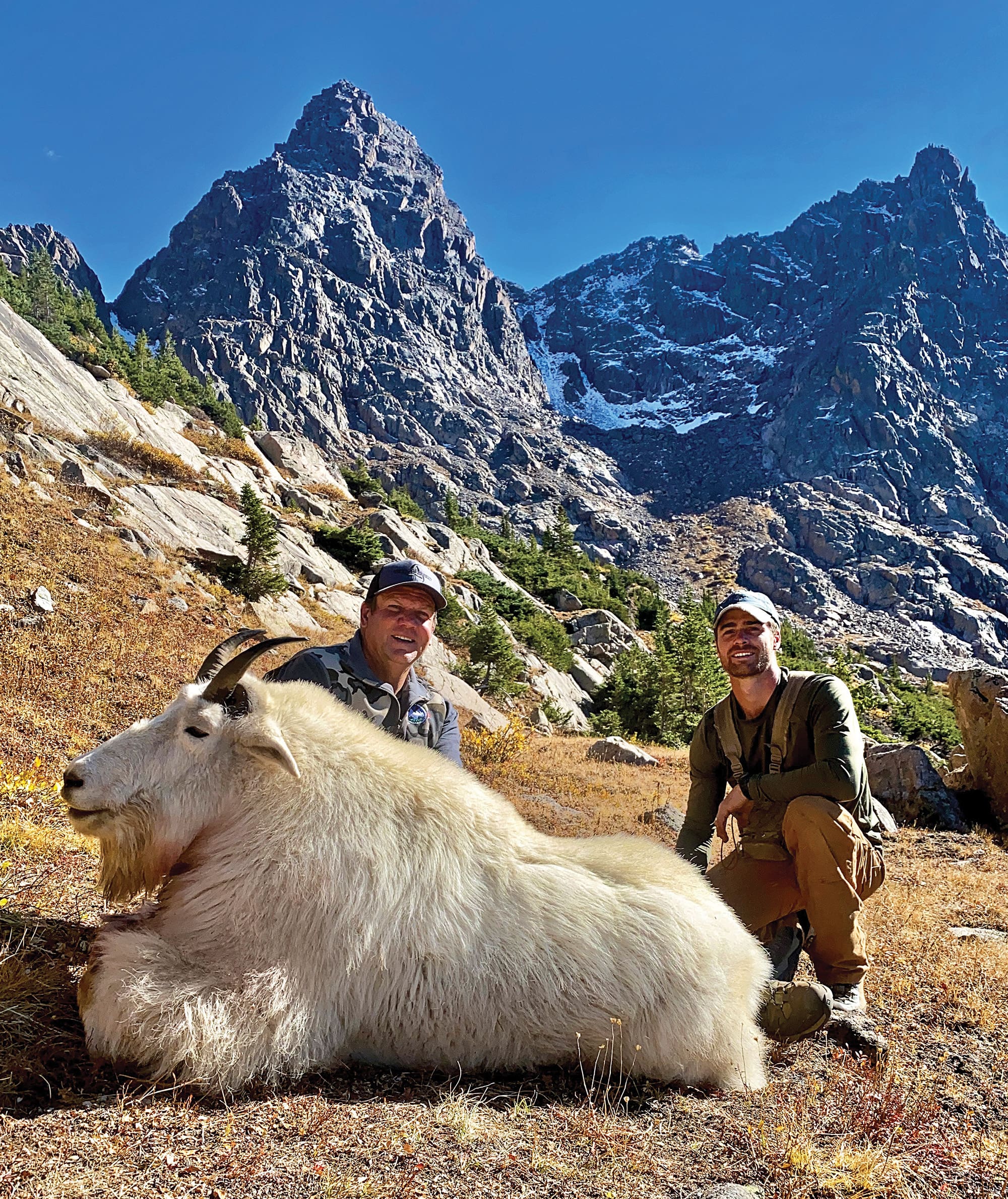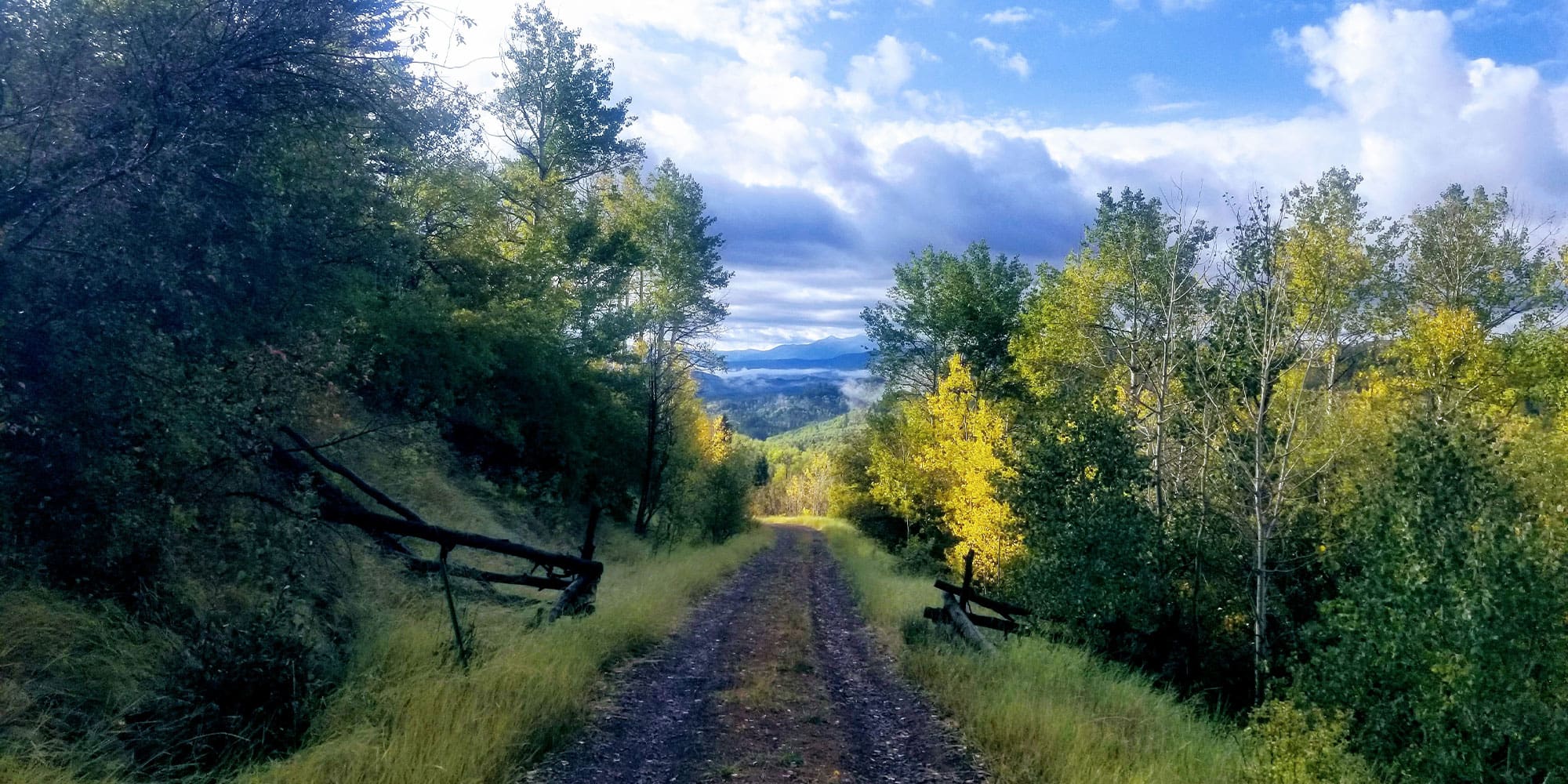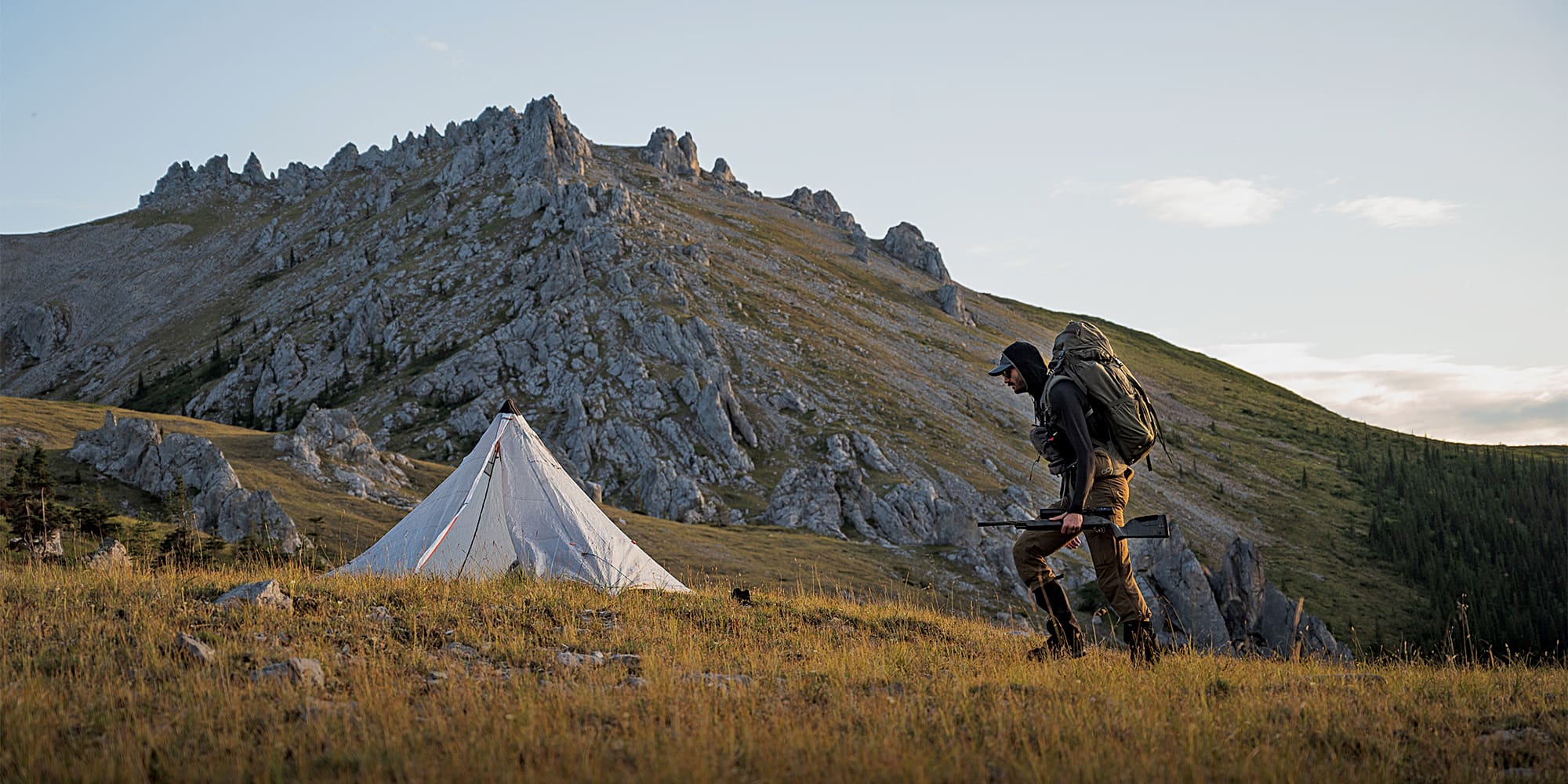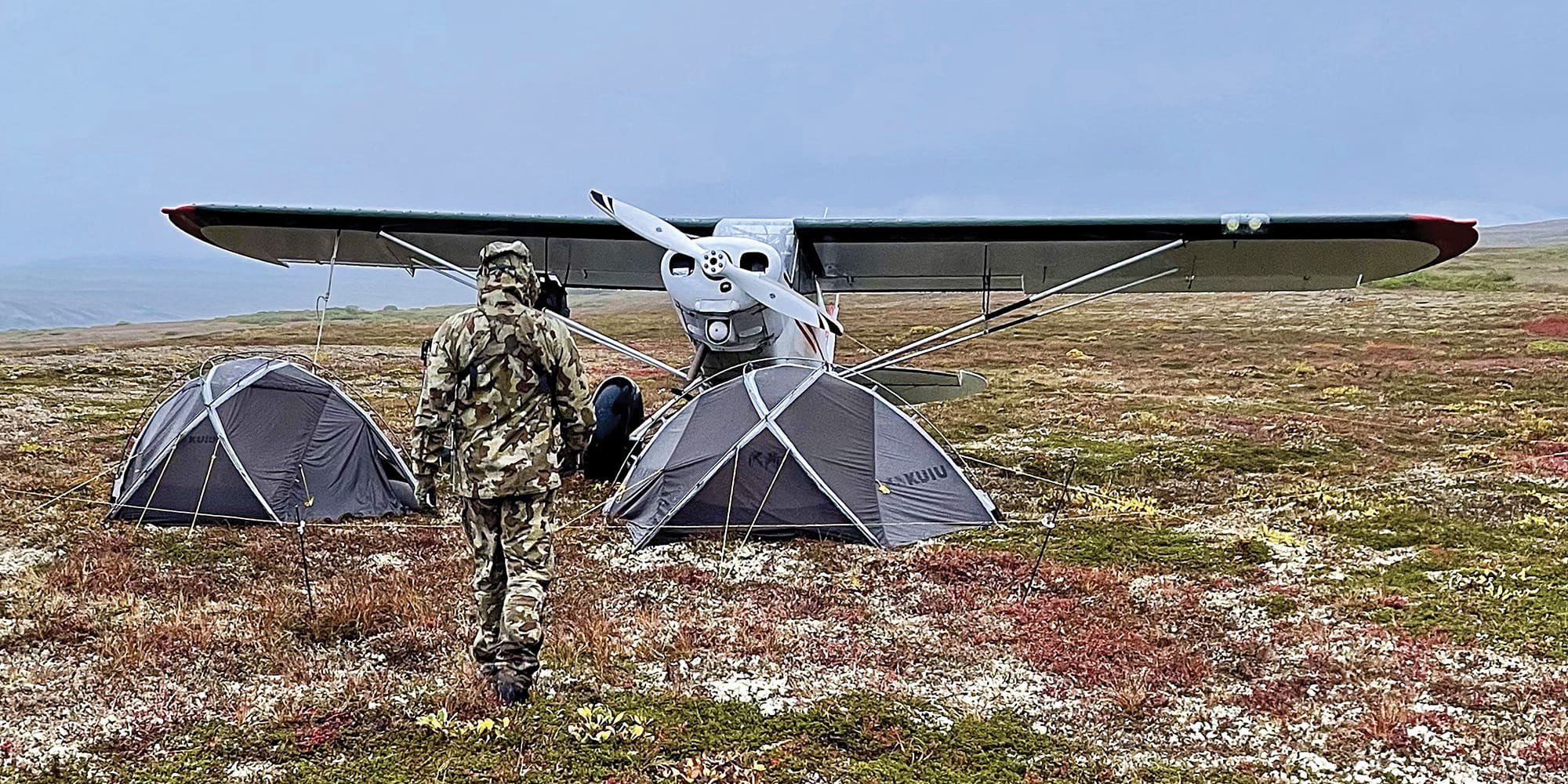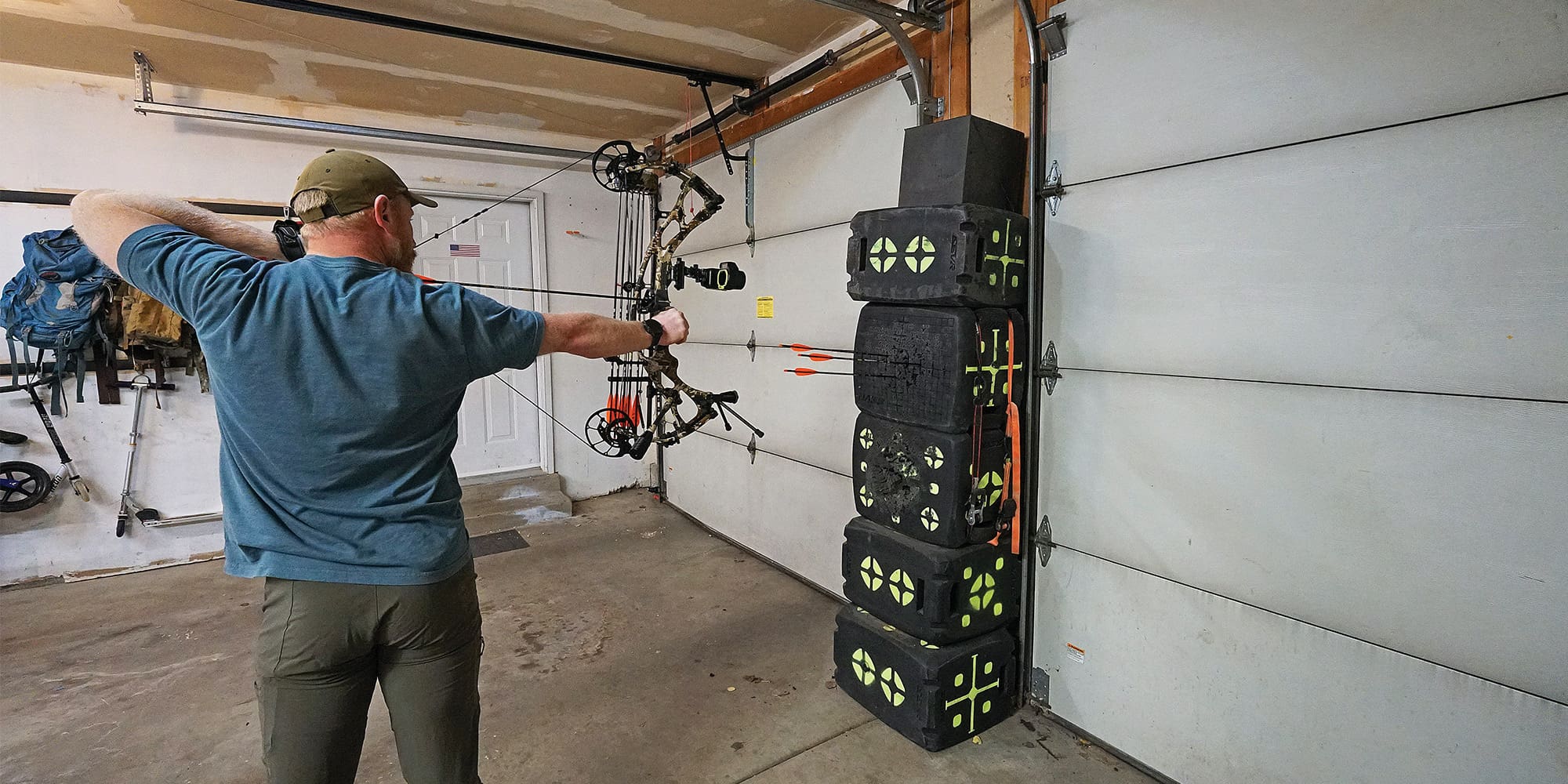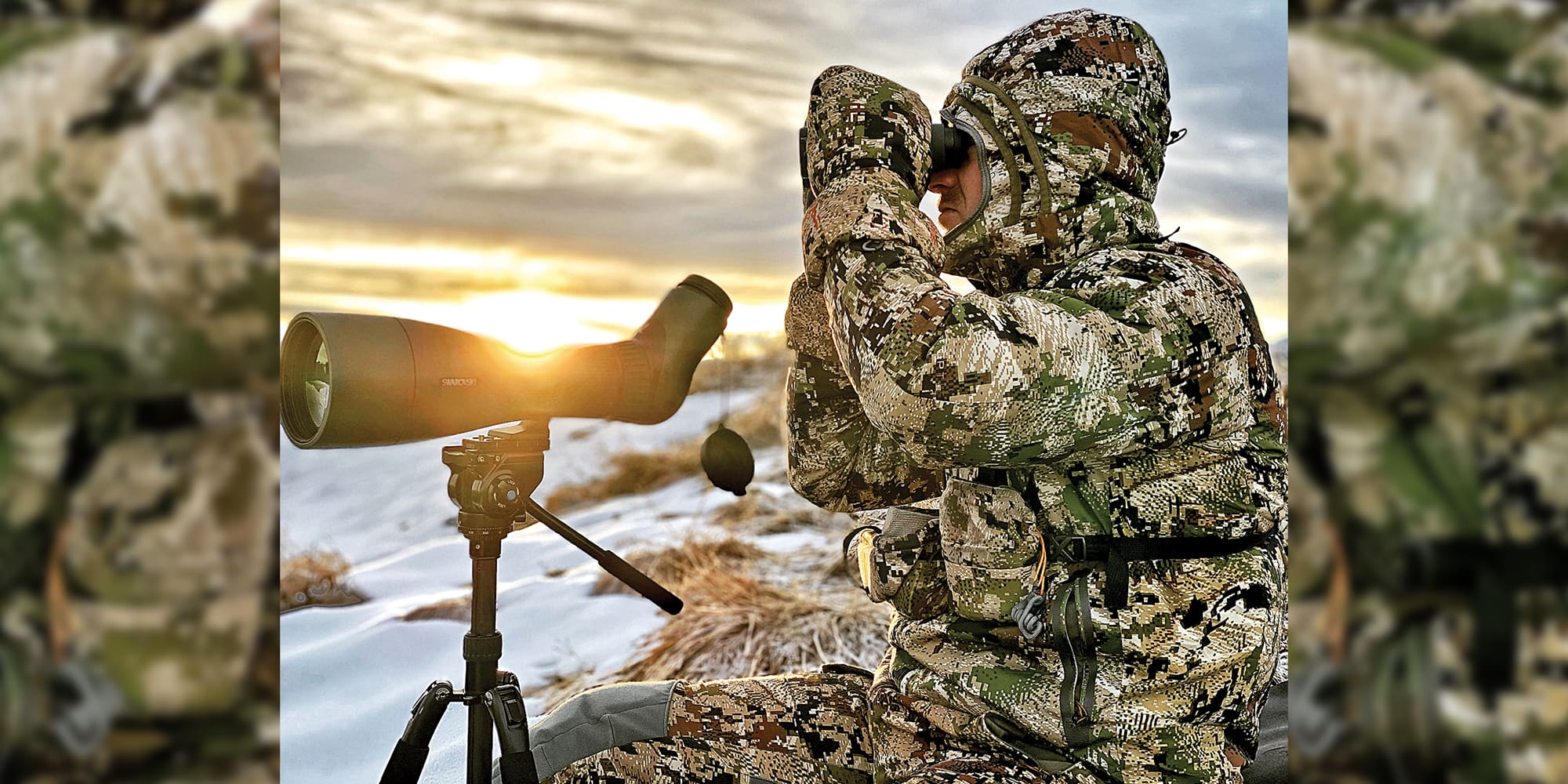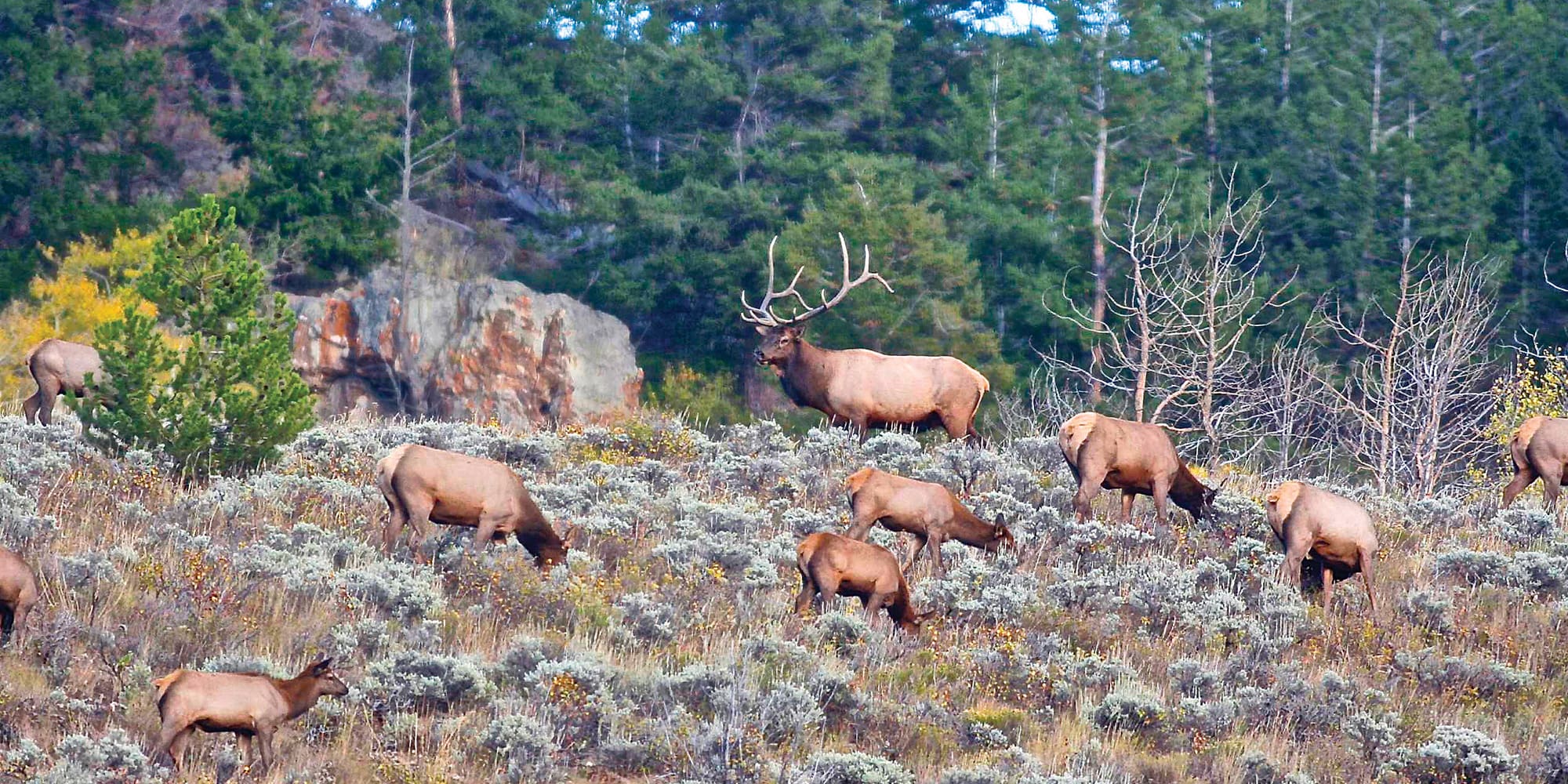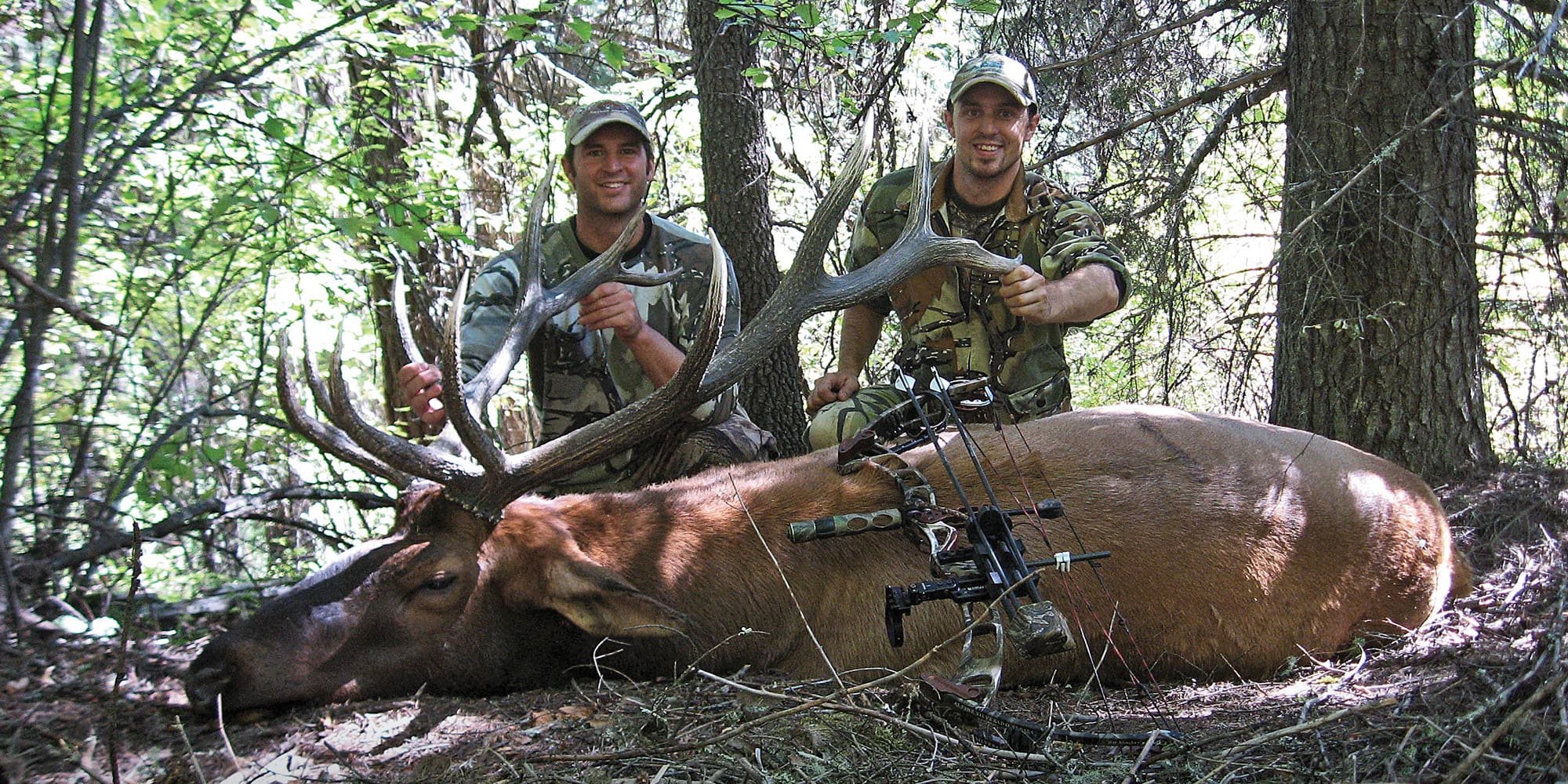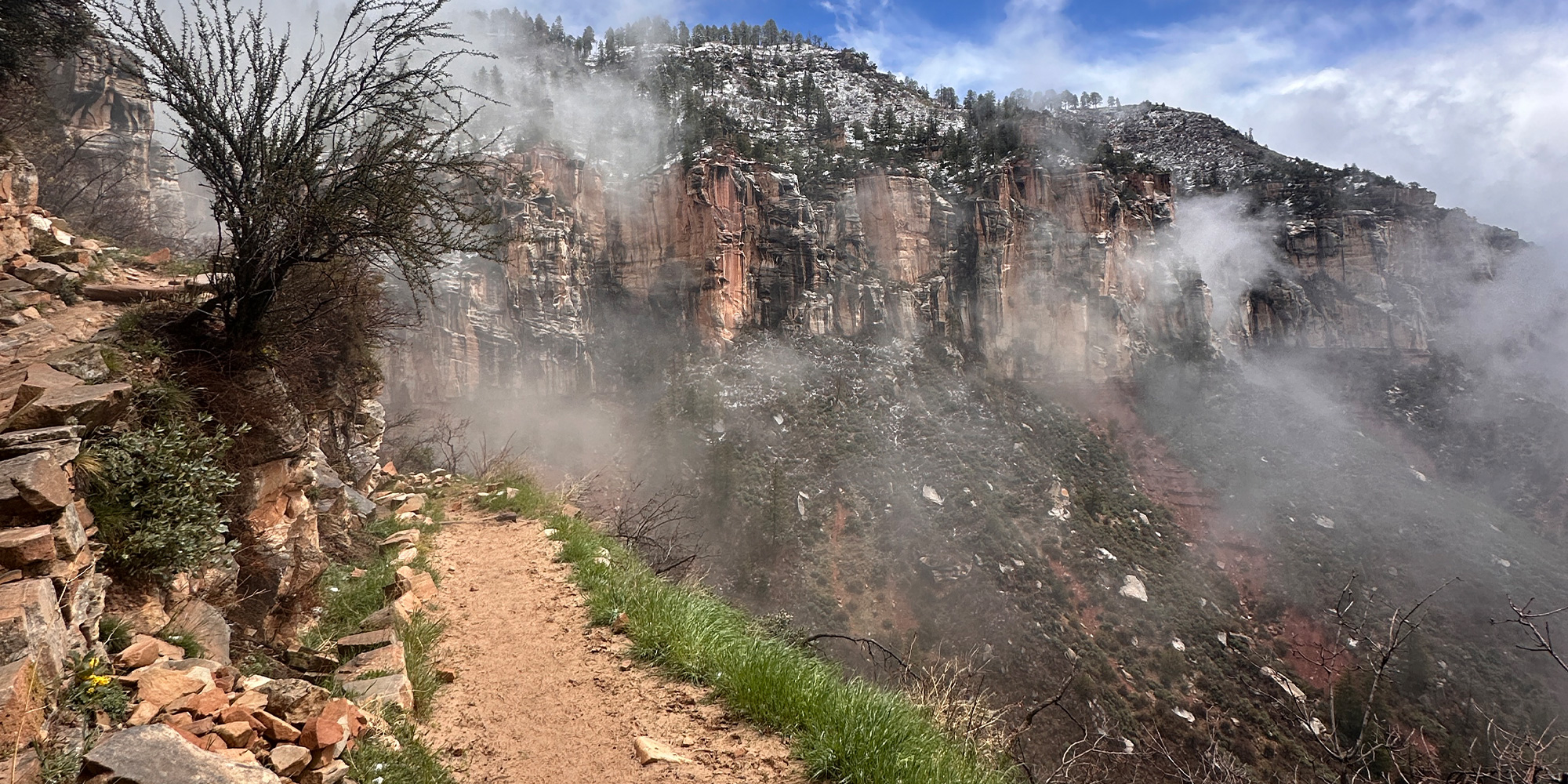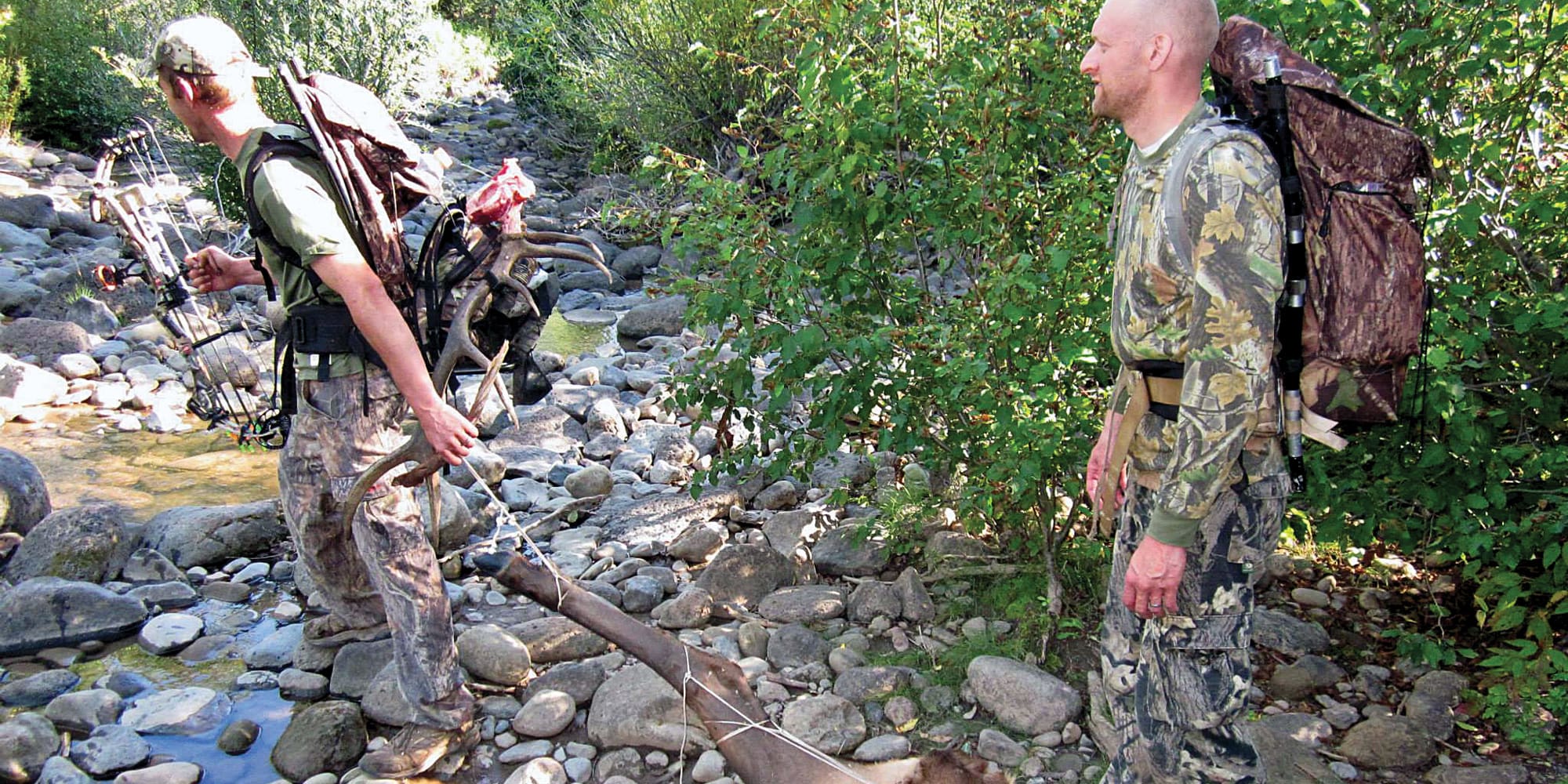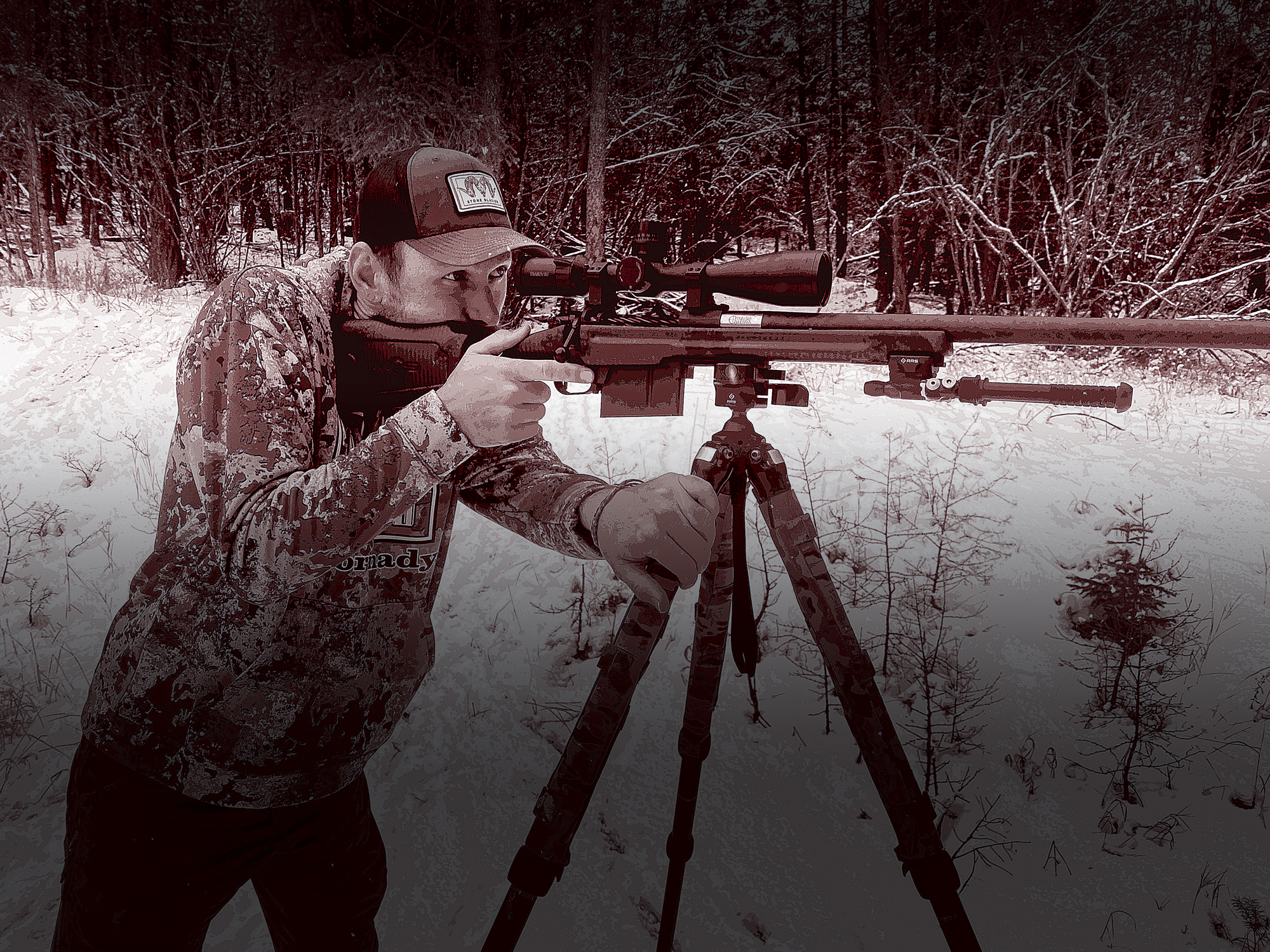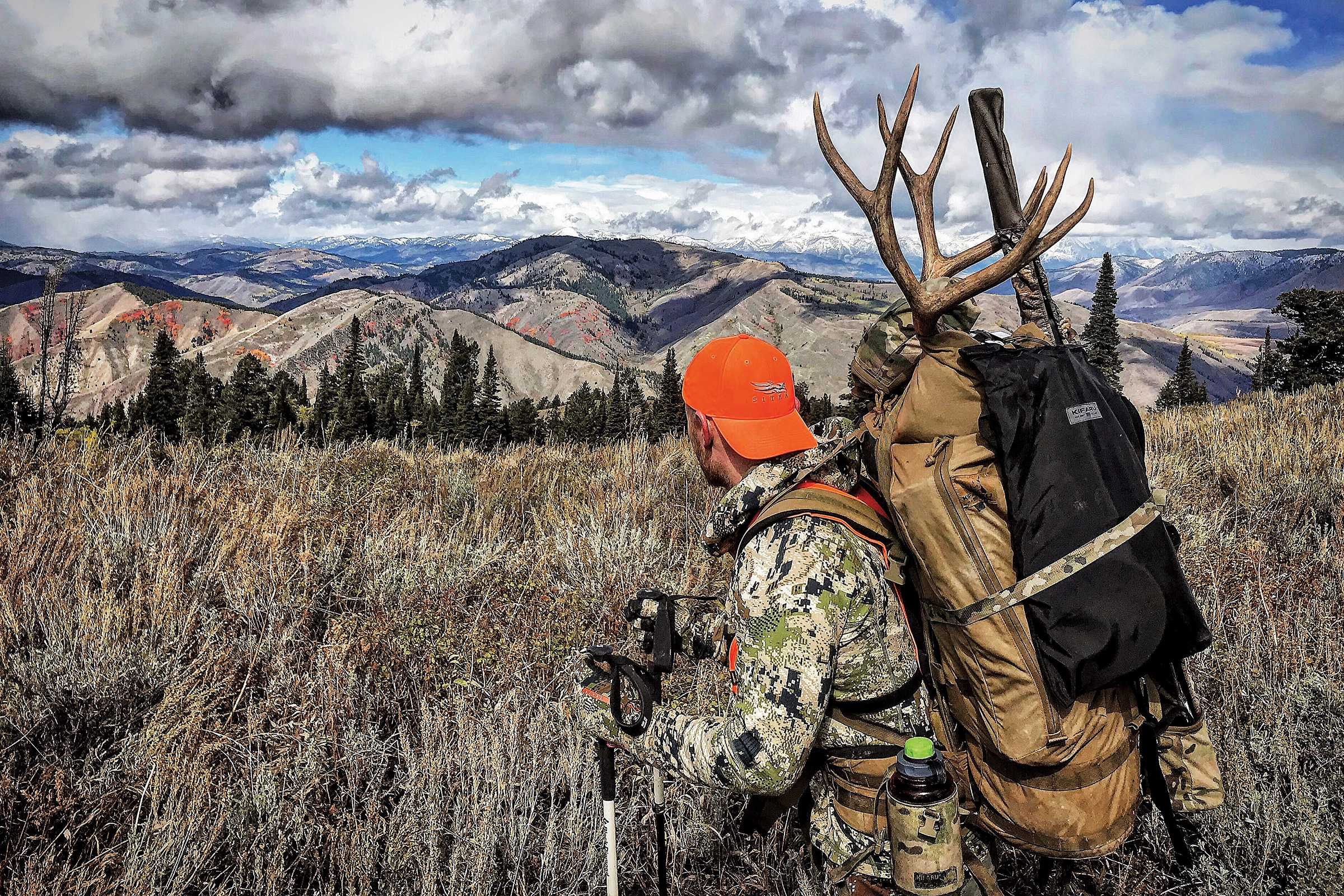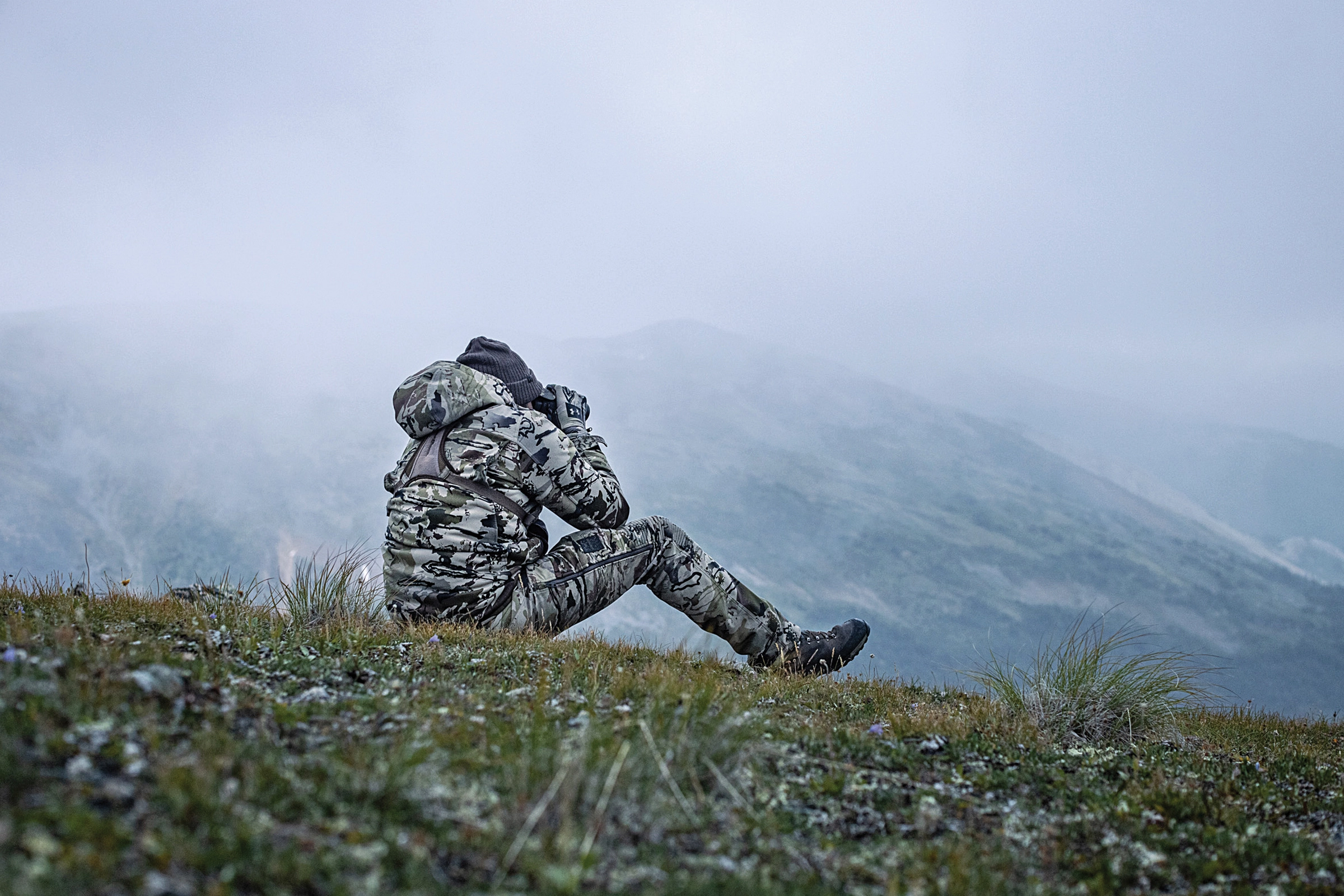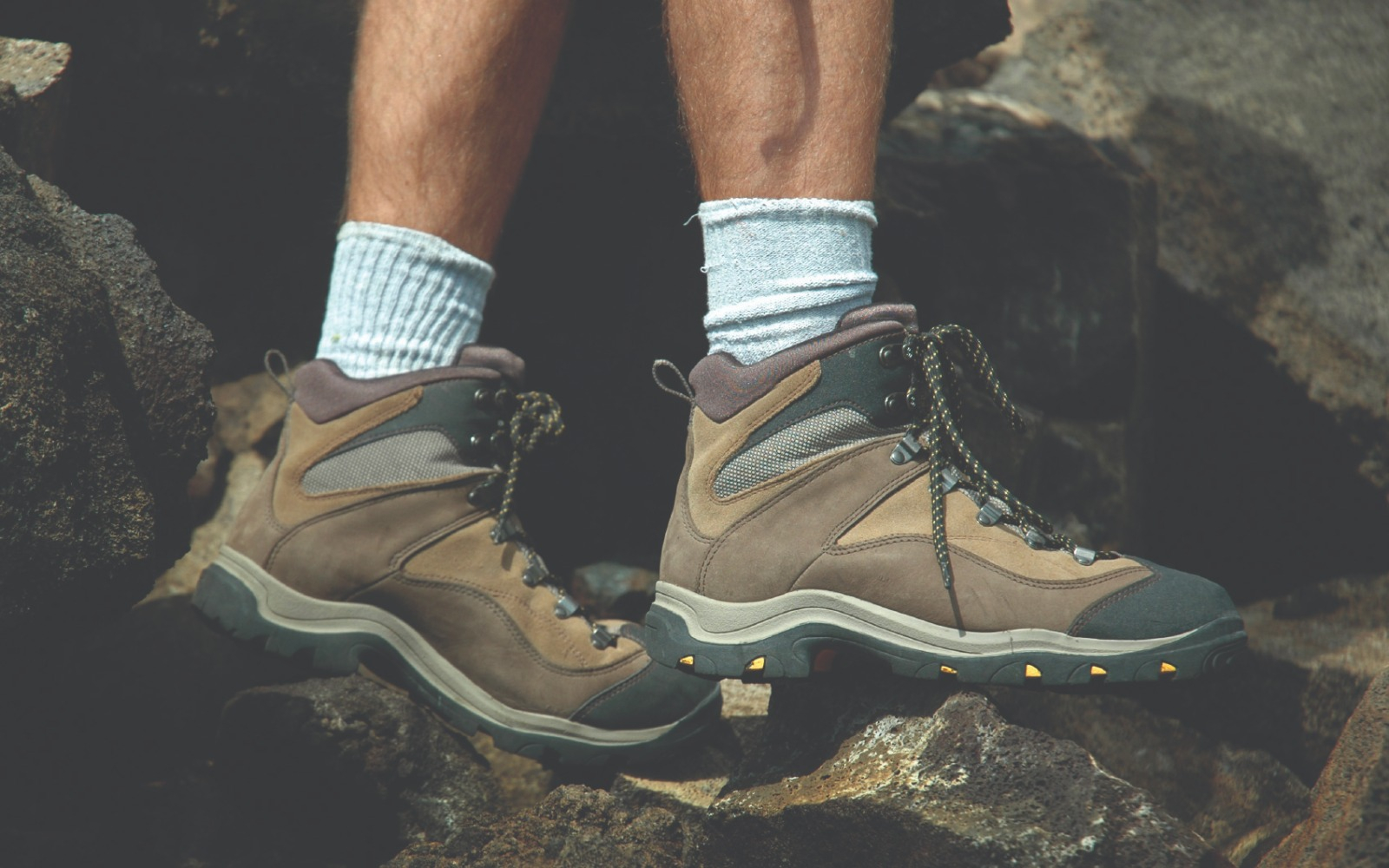
NOTICE: Certain links on this post may earn a commission for Western Hunter Magazine from Amazon or our other affiliate partners when you make a purchase. Thank you for your support.
The Importance of Proper Hunting Foot Care
Some hunters hunt a few days a year and others have weeks if not months in the field. Having comfortable and pain-free feet allows us to go longer and farther and have less downtime in the field. For some, it’s simply a matter of sliding on socks, tightening the laces, and going on forever. For others (including me), foot issues, problems, and injuries need to be dealt with proper foot care to ensure maximum performance on the mountain.
Proper Boot Fit
The first step in having comfortable, healthy feet is to have a high quality, proper fitting boot. This can be a real challenge for some hunters, as boots are manufactured with “average” or “most common” in mind. If your feet deviate from this, you can run into issues, and issues usually mean pain and discomfort.
My size 14, narrow, high-arch feet with a prominent heel bone are a real challenge to fit to boots. I also have problems with plantar fasciitis from my high arches and am prone to heel blisters. Plus, having a narrow foot in an average boot means my feet slip sideways when sidehilling, resulting in a burning sensation and blistering in the pads of my feet after a long day of mountain hunting.
Boot manufacturers all build their boots slightly different; thus one brand is often more likely to suit you than another. Some boot builders offer a semi-custom “fitting” service that helps those with problem feet that fit outside the norm.
After-market insoles: With an off-the-shelf boot, there are some things you can do to help with a custom fit. The first is an aftermarket insole that can reduce the “volume” of a boot and support your arch. Another is to use the right kind of sock that helps with fitting your boots properly.
For years, I had battled plantar fasciitis, which is the structural collapsing of the plantar fascia tendon that forms and supports the arch of your foot. For those who have experienced it, you’ve felt my pain. It can be downright debilitating (imagine a bee sting in your heel every time you step). I had custom insoles made by a podiatrist, steroid injections into my heel, and too many doses of anti-inflammatory meds, none of which helped with my foot care.
Then a few years back a friend turned me onto Sole Heat Moldable Footbeds. I now have them in every single pair of shoes I wear and don’t have plantar fasciitis anymore. While everyone might not experience the relief and fit I’ve gotten, it might be worth your while to try a pair if you have arch and fit issues with boots. They come with a very high arch and can be heated up in an oven, put in the boot, and then molded to your foot shape as they cool - a semi-custom fit at an affordable price.
There are a number of aftermarket insole manufacturers out there including Sole, Superfeet, Kenetrek, and those sold at drug store kiosks. For my situation, Sole works well, as they are manufactured to be very durable/long-lasting and the model I use has a thick pad of high-density foam to cushion impact.
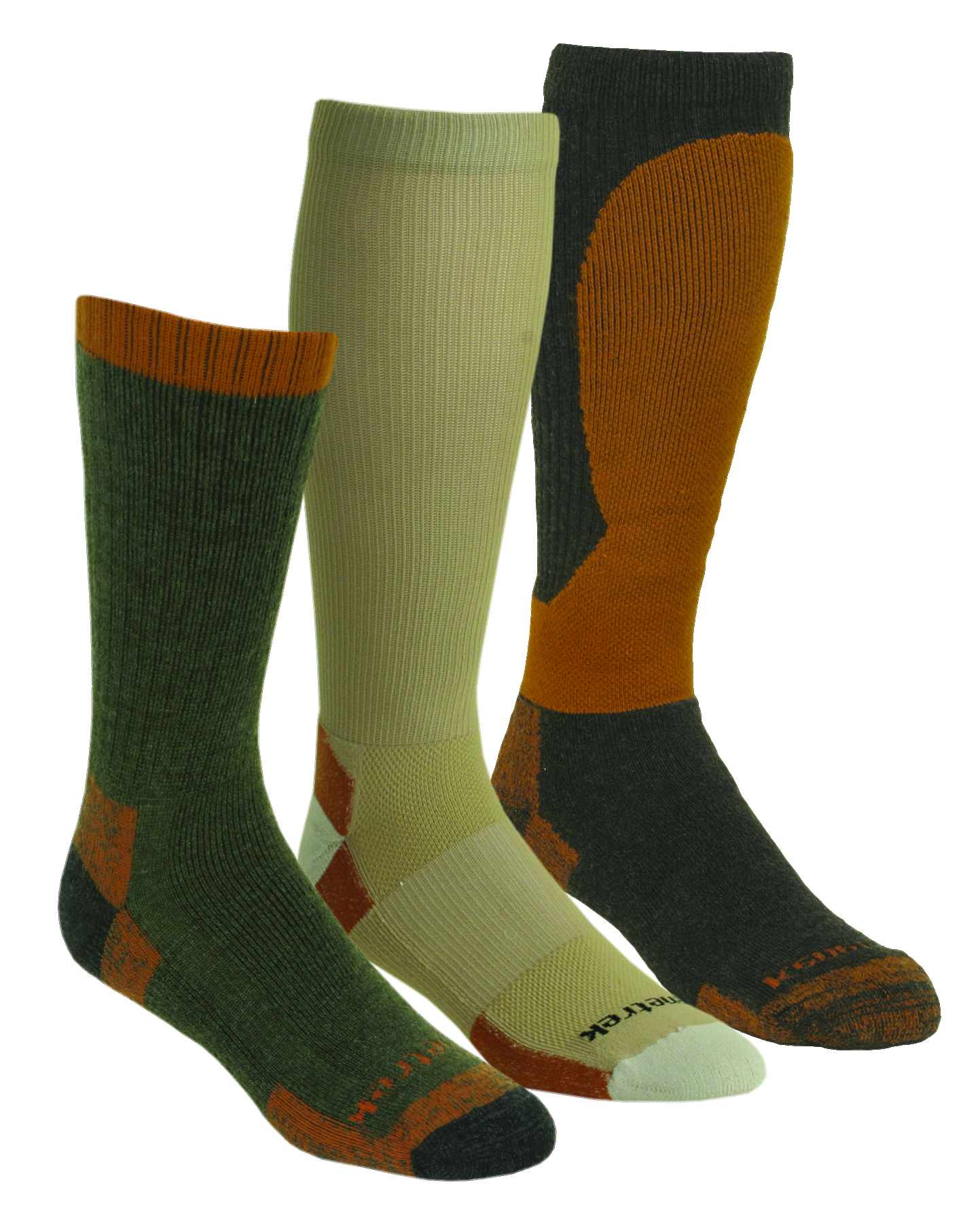
Socks: Choosing the right sock is another important aspect of boot fitting. Cotton has zero place on a hunter’s foot other than in a comfy pair of old running shoes for the drive home. Your foot size to boot volume ratio will dictate how thick of a sock you can wear. Thicker isn’t always better, as a sock that’s too tight can create too much internal compression and limit circulation. There are socks with thick footpads and lighter top weave that might work better for your foot and boot.
I have a great affinity for Bridgedale socks and recently have been pleased with the new Kenetrek socks I’ve tried. I bought eight pair of Bridgedale socks nine years ago and they’re still in service. I’ve never experienced that kind of longevity and performance before this.
Wool/synthetic blend socks are probably the best all-around choice for hunters because they combine the best qualities of both materials. Also, be prepared to pay for good socks. Don’t skimp, as good socks run from $15-$30/pair.
Boot Break-In & Foot Conditioning
Some people can slip on a pair of high-quality boots out of the box and wear them with no issues. People are consistently able to do just that with Kenetrek Mountain Extremes and have no issues whatsoever. Me? I had multiple heel blisters and put 70-80 miles on mine before they finally “broke in”.
Break-in: When talking with Jim Winjum of Kenetrek, he said to expect close to 50 miles for a true break-in period. Jim said some people won’t require much break-in, but to have a high-quality boot with a stiff midsole that’s going to last and perform, it has to be built somewhat stiff. The boot should require some breaking in.
To be honest, I was just about to give up on my Kenetreks when I finally turned the corner. Now, I’m very happy I didn’t, because I now have the fit and performance that I need for a mountain hunting boot.
Break in your boots slowly, starting on flat ground or mild inclines. Keep track of the miles you walk and how the comfort level increases with time. Ramp up the mileage and degree of incline as the boots break-in, but don’t get too extreme. Wear them around the yard, to work if it allows, and extend the time you spend in them. this will immediately help with overall foot care.
I had a pair of boots for wildland firefighting that would never break in, even after a few years on the fireline. A veteran firefighter told me to soak them in warm water, put them on, and wear them until they dried. It worked! Boot manufacturers would be reluctant to recommend this, for obvious reasons, but as a last resort to try and get a pair of boots to fit, it might be worth a shot, particularly with boots largely comprised of leather.
Toughen up the dogs: In addition to breaking in the boot, you must condition your feet to extended hikes, climbing, and sidehilling in your boots. When you have a stiff boot with a stiffer midsole, you walk differently than with a lightweight boot or shoe that bends more with the foot.
To have a workout regimen that involves lightweight footwear and treadmill work for conditioning purposes is great, but the transition to a heavier, stiffer boot can wreak havoc on a hunter’s feet and legs. Hunting season is the time to get maximum performance from your body and equipment, and shorter seasons don’t allow for extended recovery periods. A great 4th season buck tag in Colorado is a five-day hunt. Missing just one day shortens your hunt by 20% and your odds of success drop with it.
Managing Your Foot Care
Nails: Job 1 is to properly trim your toenails. Forget to do this before a hunt and you can be in for torture. Nails that are too long can be pressured from the end of the toe box area of the boot, especially on steep downhill hikes, resulting in pressure on nail beds and increasing the potential for pain and loosening toenails. Avoid trimming big toenails too short at the corners, as this increases the chances of developing an ingrown toenail.
Socks should slide on your feet evenly without catching on ragged toenail edges. Nobody is suggesting pedicures for elk hunters here, but improper foot care for toenails can be a serious hunt killer.
Blisters: Heel blisters can be a big problem for some people. I’m prone to them; the first place I wear out shoes and boots is the material directly behind the back of the heel on the inside of the shoe. In new boots, I’ll almost always get silver dollar-sized heel blisters during break-in.
For those prone to blisters and those who are undertaking a hunt outside their normal activity, I’d suggest learning how to treat and manage blisters properly. Experiment with various blister-bandage products and different taping methods. Find what works for your feet and perfect the techniques.
Learn to recognize the early sign and feeling of an oncoming blister. If you feel pain, pressure, or a “hotspot”, stop immediately and inspect your feet. The early warning sign of pain/discomfort is your body telling you something is wrong. Fix it before it develops into a hunt-killing blister.
I carry precut heel patches of moleskin and usually have duct tape wrapped around the top of my trekking poles just under the handle for other needs. A carefully placed piece of duct tape can block a developing blister from getting worse and save the day for your feet.
Foot Care in the Field
Even if you get great-fitting, broken-in boots, you properly condition your feet, and wear the best socks, you can still develop foot issues. Be prepared to address them with a lightweight basic foot care kit. For a hunter who puts on hundreds of miles chasing hounds, this might be lip service, but for Average Joe who has a family and works a real job, this could be a trip saving bit of advice.
Your foot care kit should contain blister pads, moleskin, a small container of foot powder, benzoin wipes, a safety pin, and some duct tape if you haven’t wrapped it around your trekking poles. Take half a pencil and wrap 2-3 feet of it around the pencil for ease and size. This will all fit in a small Ziploc bag.
If you develop a large fluid-filled blister that hasn’t broken yet, treat it immediately. Sterilize the safety pin tip with your lighter, puncture the blister toward the edge, and let the fluid drain. Dry it, clean it, and put a blister pad or moleskin over it. Then, I like to put a piece of duct tape over it so the smooth slick surface of the duct tape reduces any excess friction at the site. You might have to re-dress the blistered area daily depending on how it all holds up.
Be prepared to change your socks daily, if possible. If you’re experiencing heavy hiking with water nearby, you can change your socks twice a day and wash the socks in a creek to get rid of sweat and grime. Hang them off your pack to dry as you hike and then you have a cleaner, drier pair to put on later.
Taking care of your feet isn’t rocket science, but preventative maintenance is huge. Your feet are subject to changing conditions and the outcome can be markedly different depending on how prepared you and how you’re able to adapt. Great fitting boots, quality socks, and an awareness of your foot care is the key to keeping those wheels rolling.
Choosing Your Socks
Sock choice is a very important element of your footwear system. Choose a quality sock based on the temperatures you expect to encounter and how the sock affects your boot fit. Late-season hunts can require a thicker, more insulating sock, but if your boot doesn’t have the volume to accommodate your feet comfortably with thicker socks, you can run into “issues."

Merino/synthetic blend socks are probably the best all-purpose choice for hunters. Wool retains more heat when damp, and your feet will sweat and get damp inside your boots. The new merino wool socks available are itch-free and very unlike you father’s wool socks from previous generations. Combining wool and synthetic fibers, sock manufacturers create an acceptable blend of the performance of wool and the wicking and durability of synthetics.
Liners are thin, lightweight socks designed to be worn under your primary sock. They can be helpful with wicking moisture away from skin for people whose feet sweat a lot. Also, a liner can help limit the amount of friction and abrasion you might encounter between your primary sock and your skin. Moisture and abrasion are the two major factors in blisters, and liners can definitely help prevent blisters.
Socks are being designed and manufactured in creative ways to help address foot care issues. Thicker padding is being built into the sock sole; different degrees of elastic support are being engineered into the arch to help support feet; and some socks are made thinner on the top of the foot section to increase wicking and breathability. Expect to pay a minimum of $15 and as much as $30/pair for quality hunting socks.
Achieving a “Custom” Fit
By Jim Winjum – Kenetrek Boots
Just as every person’s fingerprints are different, so are the anatomical differences in human feet. Boots are made with subtle variations from “average”, but have to be made in a way that they will fit most people or they would simply be too expensive
Step 1: The first step in custom fitting your boots is to get the right length. You must have your foot measured for length and size. Length is the first step and the most important one, because of the incredible stress and impact placed on feet when going downhill.
Your toes should never touch the end of the toebox area of the boot, even when going steep downhill with heavy loads. A quick way to check to see if you have the correct length in your boots is to slide your feet forward in your unlaced boots while sitting down. You should have a good finger width gap behind your heel at that point.
Step 2: The second step is to choose the right socks for your boot. I personally need to wear two pair of socks with my boots, because of my high-arched, narrow foot. Whichever sock combination you use should be adhered to all the time to prevent problems with poor fit. You might have a favorite brand and type of sock you’ve always used, but don’t be married to one sock. There are lots of sock choices and types, but you are wearing one pair of boots.
Step 3: Finally, you should find a footbed/insole that works with your foot, boot, and sock combination. There is a variety of footbeds available and all are structured and built in different ways. It’s very important to follow this order in the fitting process in order to achieve the best custom fit for your feet
Lacing: Lastly, I wanted to pass on a couple of tips about lacing your boots. In extreme terrain, you want to have a tight fit in your boots, so your feet and boots are performing as one unit. When you’re resting, you need to unlace your boots to give your feet a chance to get back their normal circulation and let the pressure points breathe.
If you keep your boots laced tight all day long on a ten-day sheep hunt, you can develop circulatory and nerve damage that can last for weeks or months. I try to loosen my laces and elevate my feet for a little while every day while on extreme hunts.


